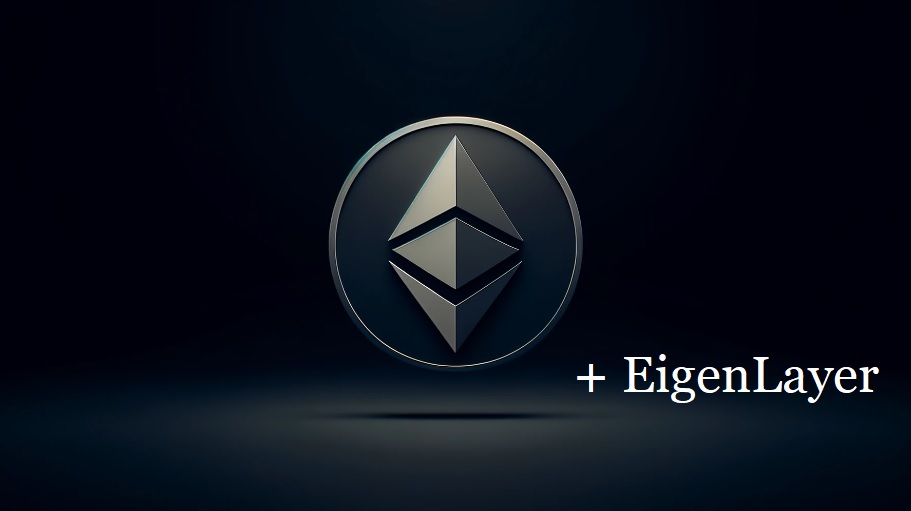The awaited EigenLayer restaking protocol has debuted on the Ethereum mainnet on April 9, and opened up the opportunities in the Ethereum network. The protocol lets stakers delegate their Ethereum stakes to trusted operators, thus improving security and decentralizing power in the blockchain ecosystem. With the introduction of EigenLayer, new functionalities and opportunities arise for both new and existing blockchain projects by leveraging Ethereum’s existing security infrastructure. We will explore the launch details and its future implications for blockchain innovation.
Introducing EigenLayer
EigenLayer’s launch is a technical update and even more a strategic expansion of Ethereum’s capabilities. Now, Ethereum holders are able to restake their Ether (ETH), so users can take part without the need to set up additional validator networks. This process lowers the limitations entry for new projects and improves the security and flexibility. Restakers can now delegate their restaked ETH to EigenLayer’s operators who manage actively verified services (AVS). AVSs are additional networks, that can be for example blockchain bridges to exchanges or oracles.

The Role of Operators in EigenLayer’s Ecosystem
A great news that leading technology and financial firms like Google Cloud and Coinbase (but even Deutsche Telekom MMS and more) joined the project as operators. As Coinbase noted:
Coinbase Cloud is proud to be among the protocol’s first Operators, ready to serve as a trusted partner for your restaked ETH or LSTs.
The operators role is to run nodes to strengthen the EigenLayer network, providing essential infrastructure and services. Operators enabling additional security layers and facilitating transaction processing for other applications. This collaborative effort boosts Ethereum’s functionality and rewards operators, further motivating their involvement in the ecosystem.
Future Prospects and Phased Implementation
EigenLayer is strategically rolling out in phases, focusing on security and operational efficiency. Key features, like in-protocol payments and a slashing mechanism, are still on their way for future implementation. The project’s CEO, Sreeram Kannan referred to the current release as a beta version. This phased rollout relieves risks and allow the EigenLayer marketplace to mature, grants the network’s stability and efficiency as it expands.

Challenges and Opportunities Ahead
EigenLayer’s restaking approach has magnetized over $64.5 million from notable investors like Polychain Capital and Coinbase Ventures, highlighting its potential to reshape the Ethereum ecosystem.
However, the community talks about concerns about risks like slashing, yield variability, centralization, and potential instability. Ethereum’s co-founder Vitalik Buterin has also expressed worries about its impact on Ethereum’s core security.
Conclusion: A Step Towards Decentralized Innovation
The launch of EigenLayer on the Ethereum mainnet marks a milestone in the evolution of blockchain technology. It extends the functionality of Ethereum and also creates opportunity for new avenues of decentralized innovation. By enabling stakers to delegate their resources to capable operators, EigenLayer amplifies the security and efficiency of the network, setting the stage for more robust and scalable blockchain applications. As the ecosystem goes ahead, EigenLayer’s impact on the broader cryptocurrency landscape is poised to be profound, potentially redefining standards for blockchain interoperability and security.
If you want to understand EigenLayer more, read our article about it.
